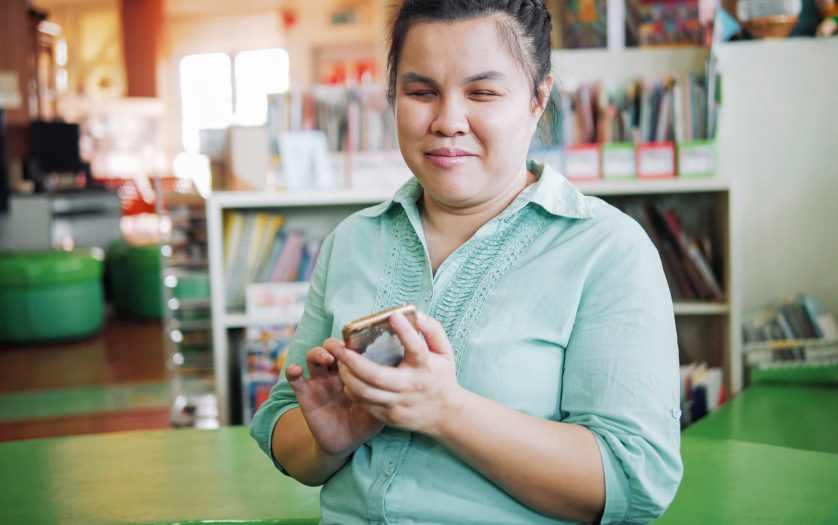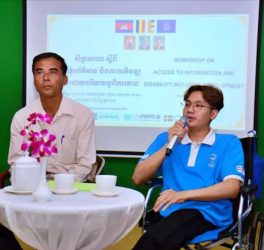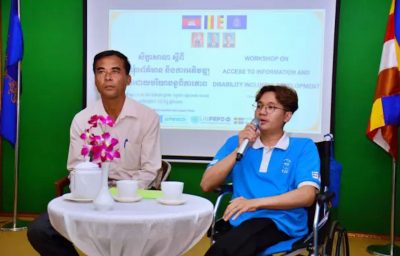
GSMA has launched a framework of guidelines to help the mobile industry close the digital accessibility gap, which leaves persons with disabilities unable to use mobile technology.
The guidelines, titled ‘Principles for driving the digital inclusion of persons with disabilities,’ outline ways the mobile industry and other digital providers can tackle some of the barriers which prevent persons with disabilities from using mobile devices.
Research conducted by the GSMA in low- and middle-income countries (LMICs) shows that persons with disabilities are less likely to own smartphones and use mobile internet than persons without disabilities.
“Removing the barriers faced by persons with disabilities requires informed action from all stakeholders,” said Mats Granryd, Director General, GSMA. “It’s time for the mobile industry to take steps to ensure our products and services are accessible, unlocking the power of connectivity so that all people thrive. I am delighted that Dialog Axiata PLC, Optus, Orange Group, Safaricom PLC, Telefónica Group, Turkcell, Vodacom South Africa, and Zain Group have already signed up to the Principles, and I look forward to many more industry participants joining us in this commitment.”
The GSMA’s guidelines, which have been developed alongside help from mobile operators and disability and accessibility experts, outline three “core principals” for increasing digital inclusion for persons with disabilities:
- Embrace disability inclusion at every level of their organisation;
- Understand how to reach and better serve persons with disabilities;
- Deliver inclusive products and services that meet the varied needs of people with disabilities.
Digital accessibility is a key priority across a range of global commitments, including the Convention on the Rights of Persons with Disabilities (CRPD), the Sustainable Development Goals (SDG), and the UN Disability Inclusion Strategy. All these projects’ core ambition is to ensure inclusion for all in a rapidly expanding digital landscape.








